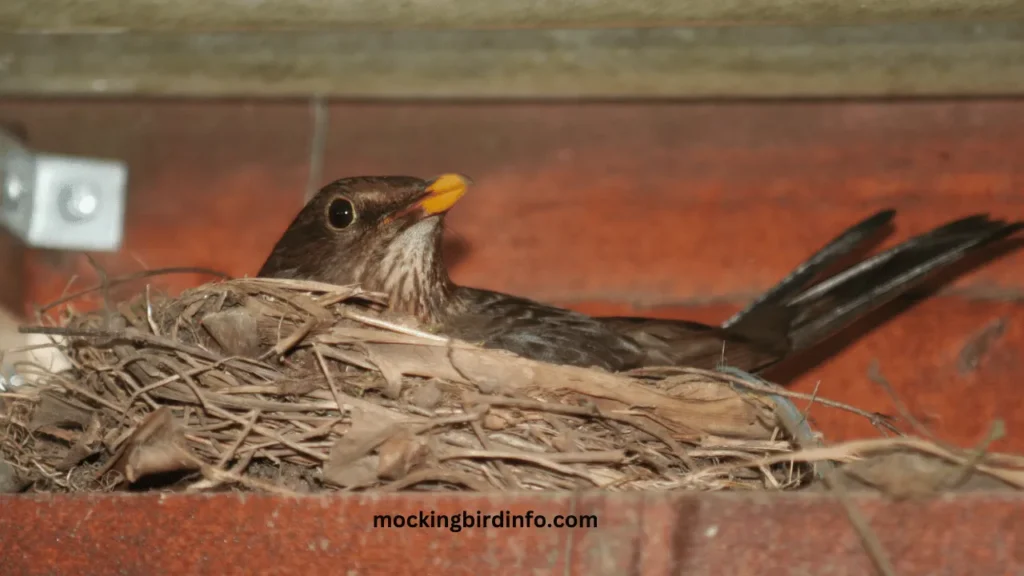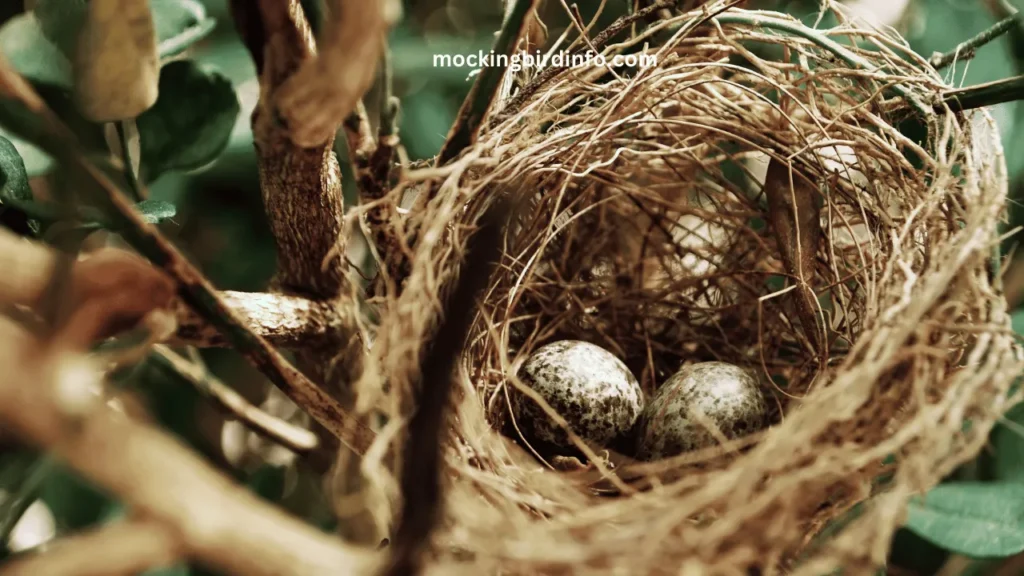
Imagine stepping into a serene garden and hearing the unmistakable, melodic calls of a mockingbird perched confidently in the branches. As you look closer, you notice a carefully constructed nest cradled in the crook of a tree, holding small, speckled eggs.
This simple discovery raises an intriguing question: how many eggs do mockingbirds typically lay? Understanding this aspect of their breeding behavior opens a window into the fascinating life of these skilled songbirds and their strategies for survival.
Knowing the typical clutch size of a mockingbird is more than just trivia; it tells a story of resilience, adaptation, and the challenges these birds face in nurturing the next generation. The number of eggs laid by a mockingbird depends on various factors, from habitat quality to geographic location.
Each tiny egg holds the promise of a new life, and the journey from egg to fledgling is as perilous as it is captivating.
In this blog post, we’ll explore the intricacies of mockingbird egg-laying: from the number of eggs per clutch to the role both parents play in ensuring the survival of their young. Read on to uncover the secrets behind these avian architects and the delicate balance they maintain to thrive.
Contents
Factors Influencing Clutch Size
Geographic Location
The number of eggs a mockingbird lays can vary based on where it lives. Northern mockingbirds in warmer climates often have more breeding opportunities and may lay larger clutches compared to those in cooler regions. Birds in temperate zones might face limited breeding seasons, which can influence smaller clutch sizes.
Habitat Quality
The availability of food and suitable nesting sites plays a crucial role in the number of eggs laid. In areas with abundant insects and fruit, a mockingbird may feel more secure about raising a larger brood. Conversely, in places where resources are scarce, the bird might lay fewer eggs to increase the survival chances of each chick.
Individual Variation
Just like humans, individual mockingbirds have differences that affect how many eggs they lay. Factors such as age and health can influence clutch size. Older, experienced birds are often more capable of producing and caring for larger clutches, while younger or less healthy birds may lay fewer eggs.
Nest Building and Egg Laying
Nest Construction
Mockingbirds are meticulous when it comes to nest building. They typically choose dense shrubs or low tree branches as safe spots, using materials such as twigs, grass, and leaves to create a sturdy structure. The male and female work together, ensuring the nest is both well-hidden and secure from potential threats.
Egg Laying Process
Mockingbirds generally lay one egg per day until the clutch is complete. This gradual process helps reduce the risk of losing an entire brood to sudden predation or bad weather. The breeding season typically spans from early spring to late summer, allowing for multiple broods.
Egg Characteristics
Mockingbird eggs are typically light blue or greenish with brown or reddish speckles. They are small, about an inch in length, and oval-shaped. These markings provide some camouflage, blending seamlessly with the nest’s interior to reduce detection by predators.

Incubation and Parental Care
Incubation Period
Once the clutch is complete, the incubation begins and usually lasts between 12 to 14 days. The female primarily takes on this responsibility, while the male stands guard, keeping potential threats at bay with his aggressive defense displays.
Parental Roles
Both parents play a role in raising their young. While the female incubates the eggs, the male often ensures the territory is secure and will help feed the chicks once they hatch. This division of labor ensures that the nest remains protected, and the young receive adequate food and warmth.
Brooding and Feeding
After the eggs hatch, the parents continue their vigilant care, feeding the chicks a diet rich in insects to meet their protein needs. The chicks remain in the nest for about 12 days before they are ready to fledge, during which time the parents tirelessly search for food and defend against intruders.
Fledging and Post-Fledging Care
Fledging Process
At about 12 days old, the chicks are ready to leave the nest for the first time. This is a critical period known as fledging, when the young birds take their first flight but are still dependent on their parents for food and guidance.
Post-Fledging Care
Even after leaving the nest, young mockingbirds require continued support. Parents feed and protect their fledglings for several weeks until they can fend for themselves. This stage is essential for teaching the fledglings how to find food and avoid predators.
Second Broods
In regions where food is plentiful, mockingbirds may attempt to have a second or even third brood in a single breeding season. The decision to produce more broods depends largely on factors like predation rates and the overall success of the first nesting attempt.
Nest Predation and Survival Rates
Common Predators
Mockingbird nests face numerous threats, including snakes, squirrels, crows, and other predatory birds. These predators are always on the lookout for easy meals, which poses a significant risk to both eggs and chicks.
Survival Strategies
To defend their nests, mockingbirds employ various aggressive strategies, such as dive-bombing potential threats and using their loud calls to deter intruders. The male’s territorial behavior plays a significant role in reducing the risk of predation.
Nest Success Rates
Despite their best efforts, not all mockingbird nests succeed. Weather conditions, predation, and even human interference can affect survival rates. However, with strong parental care and strategic nesting sites, many young mockingbirds do survive and thrive.
Conclusion
Mockingbirds are not just remarkable songbirds but skilled survivors with complex breeding strategies. From laying 3 to 6 eggs per clutch to fiercely protecting their young, these birds exemplify the dedication required for their species’ continuity. Understanding the number of eggs they lay offers insight into their adaptability and resilience.
Protecting their habitats is crucial for supporting their breeding success, ensuring that these captivating birds continue to sing their varied songs across gardens and forests alike. The intricate dance of egg-laying, incubation, and care tells a story that highlights not just the survival of individual birds, but the endurance of the species as a whole.
FAQs
1. How many eggs do mockingbirds typically lay?
Mockingbirds generally lay between 3 to 6 eggs per clutch.
2. What do mockingbird eggs look like?
Mockingbird eggs are usually light blue or greenish with speckles.
3. How long does the incubation period last?
The incubation period lasts 12 to 14 days.
4. Do male mockingbirds help with nesting?
Yes, males assist by guarding the territory and occasionally feeding the chicks.
5. How many clutches can mockingbirds have in a season?
Mockingbirds can have up to three clutches in a breeding season.
6. What threats do mockingbird nests face?
Common threats include snakes, crows, and other predators.








